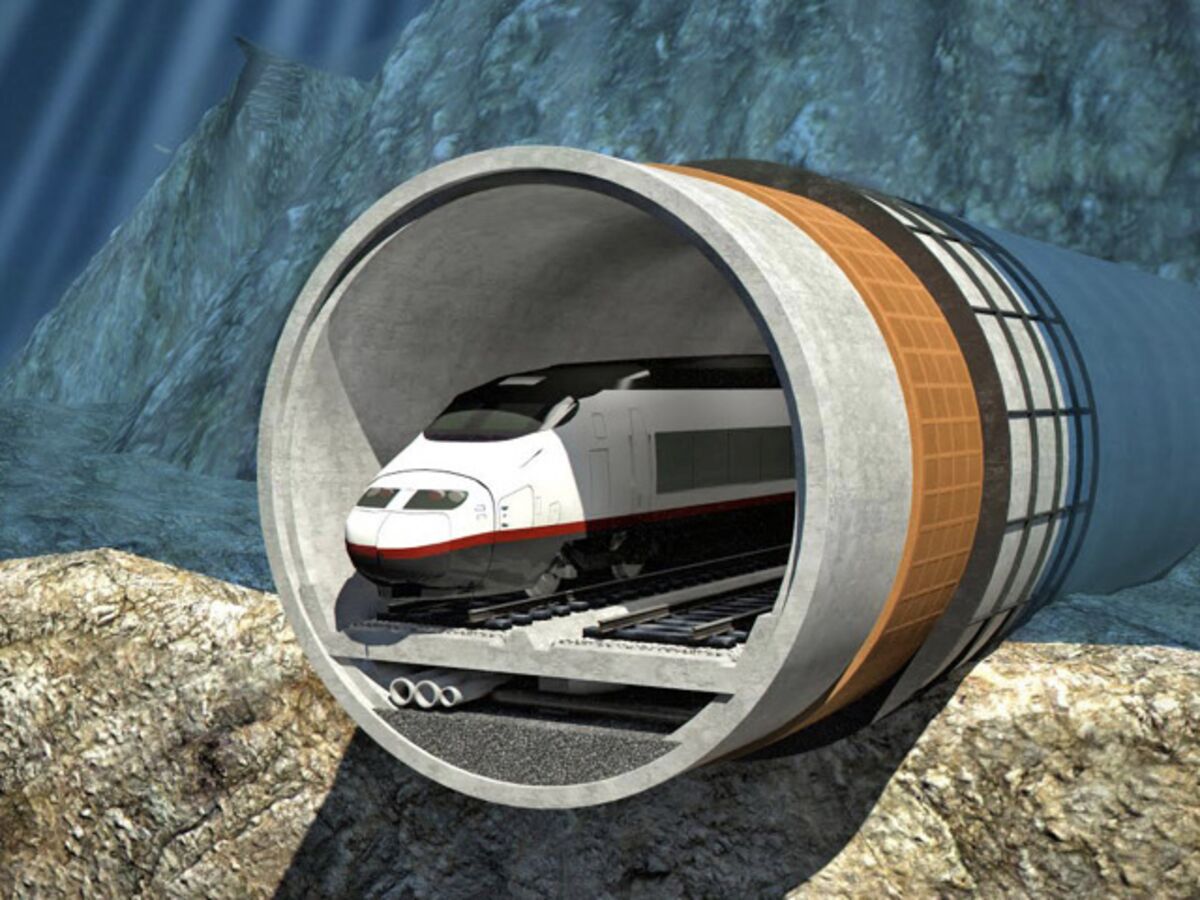The Europe-Africa rail tunnel project is a high-speed link across the Straits of Gibraltar to unite Africa with Europe. Leaders in Spain, Portugal and also Morocco have for long desired this construction. This plan has regained a lot of momentum and support prior to the 2030 World Cup preparations as matches will be in Spain and also Morocco.
First, an important element of achieving this transcontinental railway is a proposed 17-mile tunnel beneath the Mediterranean Sea. This would connect the southern coastline Spain with Morocco and bridge two continents under waters. Companies such as ADIF, the National Rail Manager in Spain, and SECEGSA have increased planning and studies on building one of the world’s longest undersea rails.
The Straits of Gibraltar tunnel serves as a name brand for the 650-mile railway. Promoters believe this might change transport in the southern Europe and northwest Africa. The 2030 World Cup preparations will soon be coming to an end. Yet, difficult time constraints and full funding persist for the mega Europe-Africa rail project.

Political Endorsement, Funding Challenges and Navigating Tight Timelines for Europe-Africa Rail
The Europe-Africa rail line has political support at the top levels of both governments in Spain and also Morocco. However, it is laden with significant challenges regarding timing and financing. The mid-2030 deadline for the World Cup does not allow much time to secure financing and implement heavy construction campaigns.
First estimates for the project were as low as £6.5 billion. But even today it fails to secure full financing commitments and with some already estimating budgets over £13billion. The latest figure is about £10 billion to finally make the rail line and an essential tunnel through Strait of Gibraltar work.
The process of reaching this level of private and also public funding involves intricate negotiations and agreements. This can take many years to make. The Spanish and Moroccan governments have significant difficulties in raising funds from the diverse sources. Sources like commercial partners, infrastructure banks, railway firms among others.
As the World Cup spotlight begins to loom, financial and schedule pressures are increasing a lot. However, the promoters feel that overcoming these challenges would reap many rewards of a revolution in connectivity on the Europe-Africa corridor.
Bridging Continents: Europe-Africa Rail Tunnel Prospects
The completion of the Europe-Africa rail tunnel would transform the transportation and connectivity between southern European regions to northern African states. Only if construction problems are resolved soon enough. The rail line is estimated to reduce the travel times considerably, compared with the existing rail connections. It would give an economic surge to the port cities such as Algeciras, Malaga and also Casablanca among others. The central undersea tunnel, a 17-mile Strait of Gibraltar was in proposition as part of the project. Hence, would also be a memorable engineering feat and connect two continents.
Europe-Africa high speed rail line can help in the change of connectivity, business and tourism across the Mediterranean region. However, the firms and state entities in question have a time crunch to convert many years of discussion into reality. In preference, before the 2030 World Cup falls on Spain and Morocco. However, overcoming the barriers of funds and construction still is crucial to achieve a demanding deadline. However, if these problems can be addressed then in the near future train passengers may travel from Madrid to Casablanca faster than ever before.
Conclusion
Going forward, the success of the Strait of Gibraltar tunnel and wider Europe-Africa rail line might clear a path for new ambitious intercontinental transport networks. Innovators have a chance to demonstrate that high speed rail is capable of bringing Africa and Europe much closer together. Hence, visionary leaders will begin to think about connecting Russia with Alaska through the Bering Strait across the Arctic Circle. In the meantime, in the Middle East there have been proposals since the 1960s onwards around Qatar-Bahrain Causeway. This is a bridge that stretches over Persian Gulf for about twenty-five miles.
Companies have adopted developing engineering technology with the Europe-Africa railway. Seismic simulators are evaluating geological conditions for complex underwater tunnels. As rail technology advances, the possibility of huge bridges over the arctic waters or tunnels through the mountain ranges become closer to realization. Finally, the current test focuses on uniting the two continents by 2030. Furthermore, such a pioneering feat can have effects that are rippled throughout the world to encourage more stratospheric infrastructures.
Also Read: $3 Billion Port Harcourt-Maiduguri Rail Link Project Recommences in Aba, Eastern Nigeria.
Also Read: First tender for Lisbon–Porto high-speed rail line project floated
Also Read: US$3 billion secured for Southern California-Las Vegas high-speed rail
